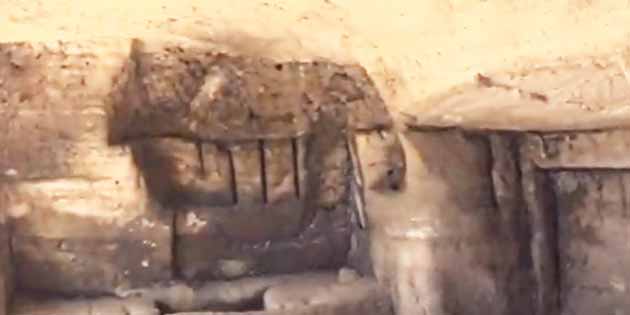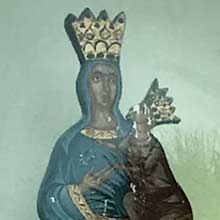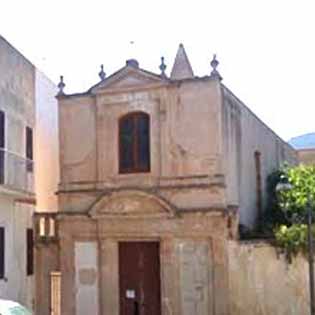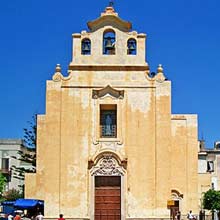San Nicola Archaeological Area in Favignana
The Archaeological Area of Punta San Nicola occupies the cusp of the large eastern plain of the island and is located about one kilometer east from the town of Favignana.
This area, characterized by limestone Calabrian easy to excavate, is rich in underground cavities inhabited, presumably, from prehistoric times to the Roman and early Christian periods.
Inside the archaeological area there are several sites of interest:
La Grotta del Pozzo of considerable historical-archaeological importance due to the presence of inscriptions and representations, referable to the Punic and Neo-Punic phase. The discovery of the cave dates back to 1968 and the name derives from the presence of a well, obtained in recent times. It is an approximately quadrangular room with two opposite openings. Today the cave is accessed through a stepped dromos, while the oldest entrance, now closed, was created in the wall opposite the current access and was preceded by a smaller grotto. In the Punic era it was used as a hypogeum accessible through the stepped dromos, used for funerary and cult use. In the late ancient and early Christian periods, the caves were reused as a cemetery area by opening niches, arcosoli and niches along the walls of friable limestone. The presence of some crosses engraved on the walls also testifies to the cemetery use. In modern times, in the nineteenth and twentieth centuries, the ingrottati were used as a stable for the shelter of animals, as evidenced by the presence of a drinking trough next to the well and several wooden hooks and grooves in the rocky bank, obtained along the walls, used to bind animals. Very interesting is the epigraphic documentation with inscriptions and groups of letters referable to the Punic and Neo-Punic phase. The first and most relevant inscription, identified by the archaeologist Anna Maria Bisi in 1968, is still visible today on the wall to the left of the entrance. Subsequently, a dozen inscriptions engraved on the walls of the cave and a series of representations, both on the ceiling and on the walls, were identified.
The Tubs or Cetarie , quadrangular rooms used for salting fish or preparing garum. These basins are dug into the rock, plastered with earthenware and arranged in parallel rows;
The Grotta di San Nicola with engravings depicting two quadrupeds and an anthropomorphic figure;
A Oven tomb partially mutilated by quarry cuts dating back to the Bronze Age;
The Bagno delle Donne , an underground environment with basins covered with glass tiles, connected to the sea by a tunnel. It is believed that it was a fish processing plant, dating back to the third century. B.C. The name of the site is linked to a previous interpretation according to which the hypogeum was a thermal facility from the Roman era;
A Necropolis with pit tombs dating back to the III-II century. BC, reused in late antiquity, as shown by some arcosolium tombs and one with canopies. Some hypogea were transformed into prisons in the sixteenth century. such as the Cave of the Spanish Coat of Arms;
Scalo Cavallo used for the transport of limestone blocks and their loading on boats. It is located near an ancient quarry;
Remains of a Saracen Tower with a circular plan that rises over the cliff;
A Rock dwelling , located near the Saracen Tower, with a semi-elliptical plan in the walls of which three small niches are carved out.



